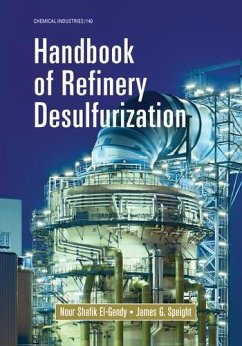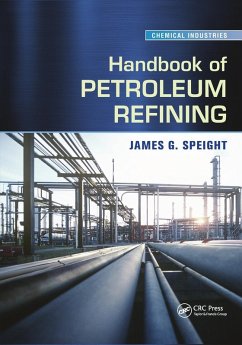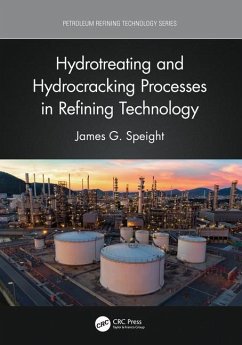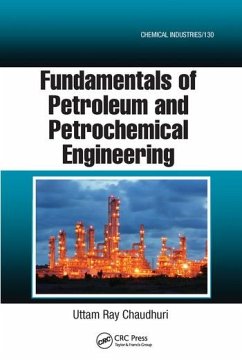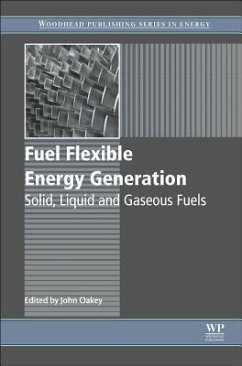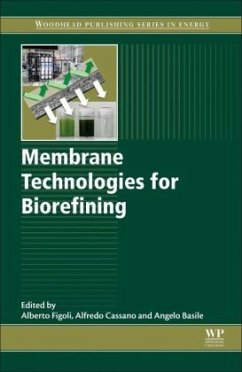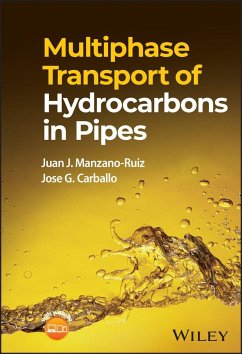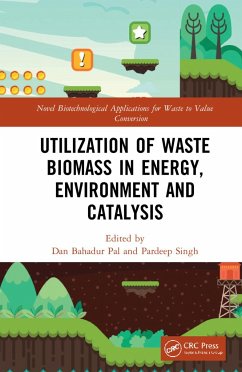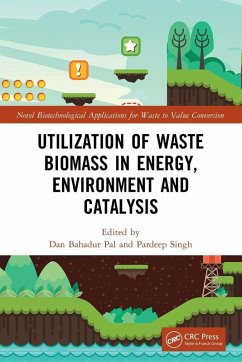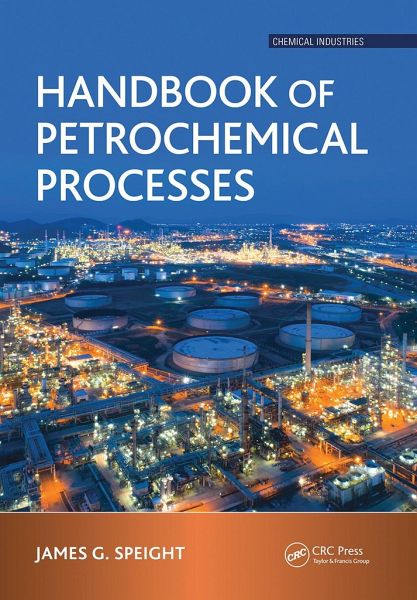
Handbook of Petrochemical Processes

PAYBACK Punkte
27 °P sammeln!
The petrochemical industry is a scientific and engineering field that encompasses the production of a wide range of chemicals and polymers. The purpose of this book is not only to provide a follow-on to form the later chapters of the highly successful Chemistry and Technology of Petroleum 5th Edition but also provides a simplified approach to a very diverse chemical subject dealing with the chemistry and technology of various petroleum and petrochemical process. Following from the introductory chapters, this book provides the readers with a valuable source of information containing insights in...
The petrochemical industry is a scientific and engineering field that encompasses the production of a wide range of chemicals and polymers. The purpose of this book is not only to provide a follow-on to form the later chapters of the highly successful Chemistry and Technology of Petroleum 5th Edition but also provides a simplified approach to a very diverse chemical subject dealing with the chemistry and technology of various petroleum and petrochemical process. Following from the introductory chapters, this book provides the readers with a valuable source of information containing insights into petrochemical reactions and products, process technology, and polymer synthesis.
Provides readers with a valuable source of information containing insights into petrochemical reactions and products, process technology, and polymer synthesisIntroduces the reader to the various petrochemical intermediates are generally produced by chemical conversion of primary petrochemicals to form more complicated derivative productsThe reactions and processes involved in transforming petroleum-based hydrocarbons into the chemicals that form the basis of the multi-billion dollar petrochemical industry are reviewed and describedThe book includes information on new process developments for the production of raw materials and intermediates for petrochemicals Includes a description of the origin of the raw materials for the petrochemicals industry - including an overview of the coal chemicals industry
Provides readers with a valuable source of information containing insights into petrochemical reactions and products, process technology, and polymer synthesisIntroduces the reader to the various petrochemical intermediates are generally produced by chemical conversion of primary petrochemicals to form more complicated derivative productsThe reactions and processes involved in transforming petroleum-based hydrocarbons into the chemicals that form the basis of the multi-billion dollar petrochemical industry are reviewed and describedThe book includes information on new process developments for the production of raw materials and intermediates for petrochemicals Includes a description of the origin of the raw materials for the petrochemicals industry - including an overview of the coal chemicals industry




